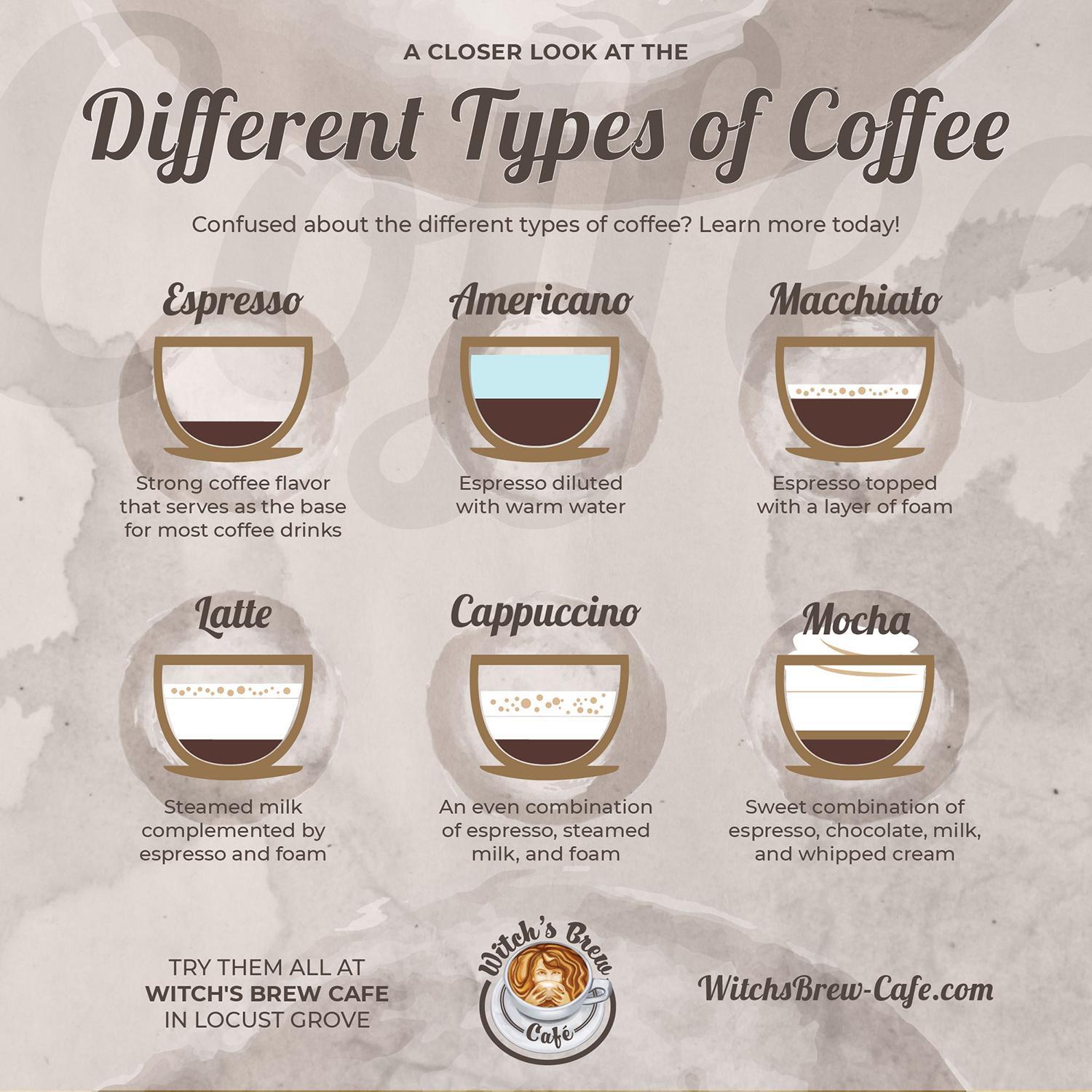What is the Difference Between Coffee and Espresso?
As a coffee lover, I’ve often wondered, "What exactly makes coffee and espresso different?" Despite both being made from the same coffee beans, they deliver such distinct flavors, textures, and even caffeine experiences. Let’s break down the key differences between coffee and espresso, covering brewing methods, grind sizes, flavors, caffeine content, and more.
1. The Key Difference: Brewing Method
The main distinction between coffee and espresso lies in how they are brewed.
- Coffee: Typically brewed using methods like drip coffee makers, pour-overs, or French presses. These methods involve slow extraction, where hot water filters through coarser ground coffee over a few minutes. The result is a milder, less concentrated drink with a more diluted flavor.
- Espresso: Brewed using an espresso machine, which forces near-boiling water through finely-ground coffee at about 9 bars of pressure in 25-30 seconds. This quick, pressurized brewing method results in a concentrated, thick shot of coffee with a bold flavor and a rich texture.
In simple terms, regular coffee is brewed slowly with a lower concentration, while espresso is brewed quickly under high pressure, resulting in a stronger, more intense flavor.
2. Grind Size and Coffee Bean Preparation
Another major difference between coffee and espresso is the grind size.
- Coffee: Uses coarsely ground beans. The slower extraction time allows for the proper release of flavors without over-extracting and causing bitterness.
- Espresso: Requires a fine grind. Since water is forced through the grounds quickly, the finer particles maximize the extraction of flavor in a short period.
A coarser grind would result in a weak, watery espresso, whereas a fine grind ensures espresso’s signature boldness and rich body.

3. Flavor: Bold vs. Smooth
The flavors of coffee and espresso are strikingly different due to their brewing methods:
- Coffee: The slower brewing process allows for a smoother and milder flavor. Coffee’s flavor can range from light and floral to dark and robust, depending on the beans and brewing technique. The result is a more balanced extraction that’s easier to sip over time.
- Espresso: Delivers a strong, bold flavor due to the concentration of flavors during the pressurized brewing process. Espresso has a thick, almost syrupy texture, and the intensity of its flavors makes it the base for many specialty drinks.
When I’m in the mood to savor a drink, I prefer the smoothness of regular coffee. But for a quick, powerful hit of flavor, espresso is unbeatable.
4. Caffeine Content: Which Packs a Bigger Punch?
When it comes to caffeine content, the difference between coffee and espresso isn’t as straightforward as it seems.
- Espresso: While espresso has more caffeine per ounce (about 63 mg in a 1-ounce shot), the smaller serving size means you’re consuming less overall caffeine compared to a full cup of coffee.
- Coffee: A typical 8-ounce cup of coffee contains around 95 mg of caffeine. While the caffeine concentration is lower, most people drink a larger volume of coffee, resulting in a higher total caffeine intake.
So, while espresso may feel more intense due to its concentrated nature, you might get more caffeine from a standard cup of coffee.
5. Crema: Espresso’s Signature Feature
One unique feature of espresso is the crema—a golden-brown foam that forms on top of a freshly pulled shot of espresso. This crema results from the emulsification of the coffee’s natural oils under pressure, creating a smooth, velvety texture that enhances the espresso’s richness.
Regular coffee doesn’t produce crema, as it lacks the pressure used in espresso machines. The crema is often considered a mark of a well-brewed espresso shot, adding a distinctive visual and textural element to the drink.
6. Versatility in Drinks
- Coffee: Often enjoyed as-is or with a splash of milk or cream. It’s a straightforward drink typically consumed in larger quantities.
- Espresso: Forms the base of many popular coffee drinks like lattes, cappuccinos, macchiatos, and Americanos. Its concentrated flavor can be balanced with steamed milk, foam, or water to create different textures and tastes.
Espresso’s versatility makes it a favorite for those who enjoy crafting different coffee-based beverages, while coffee is perfect for those who prefer a simple, less concentrated drink.

In Conclusion: Coffee vs. Espresso
While coffee and espresso come from the same beans, their differences in brewing method, grind size, flavor intensity, and caffeine content create two distinct experiences. Coffee tends to be smoother and milder, ideal for sipping throughout the day. Espresso, with its bold, concentrated flavor, offers a quick, rich coffee experience that can be enjoyed on its own or as the base for various specialty drinks.
Ultimately, the choice between coffee and espresso depends on your personal preferences and energy needs. Whether you enjoy a slow, relaxing cup of coffee or the powerful punch of a shot of espresso, there’s something to appreciate in both.
